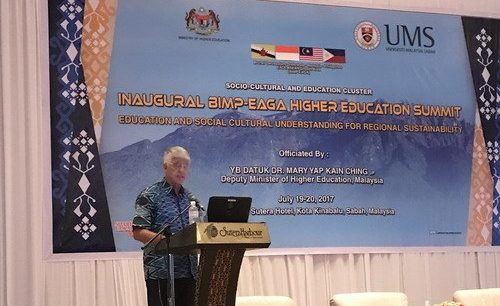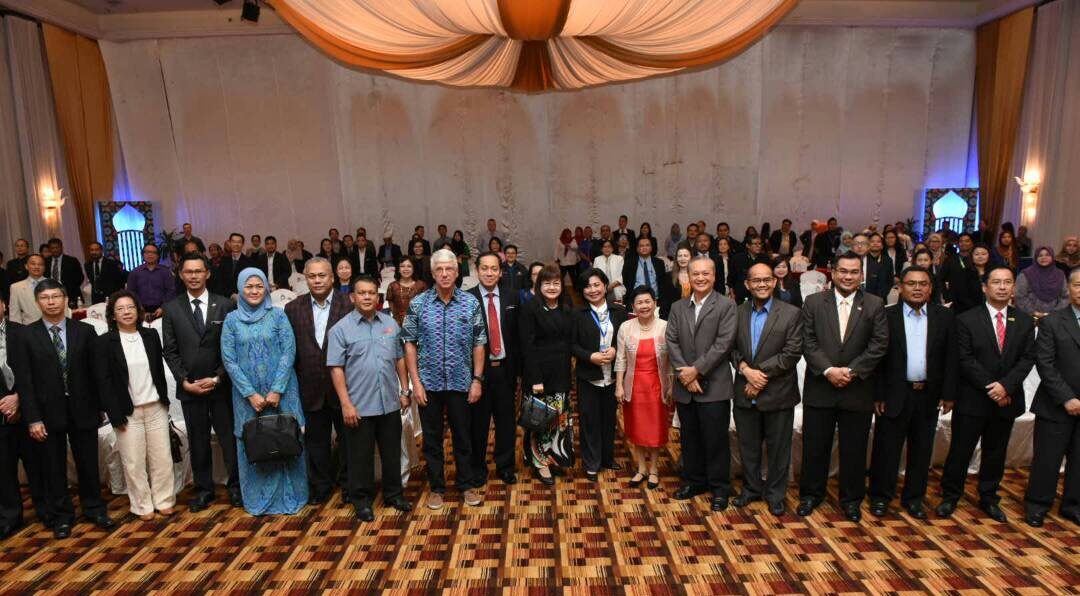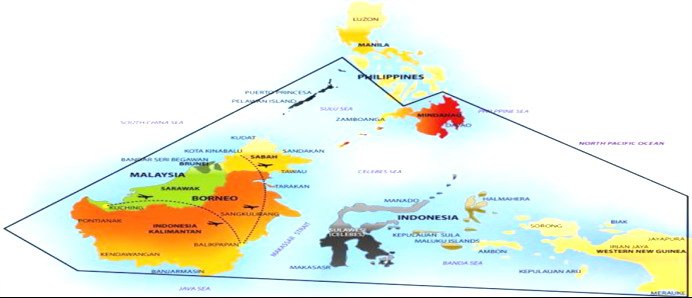
“Education, the main theme of the BIMP-EAGA Higher Summit, is at the core of the GSTC mission.” Said GSTC Chair Luigi Cabrini in his speech. “Several universities are members of our organization and we see the key function that education can play from the early years in instilling principles of respect for nature and people that are at the core of sustainability.”
“The GSTC criteria are freely available in 18 languages to any educational institution that wishes to make use of them. They are drafted in a language accessible to all and we believe in their educational value also for tourism professionals and travellers alike. GSTC has a strong presence in Asia and its criteria have been adopted by several Asian countries including Malaysia, as one of the six countries participating in the Coral Triangle Initiative.” Added Mr. Cabrini.
The organizers of the Summit included GSTC Member Dr. Jennifer Kim Lian Chan, Professor of Tourism and Hospitality Management at Universiti Malaysia Sabah and Unit Head of BIMP-EAGA Tourism Development, who recently supported the translation of the GSTC Industry Criteria to Malay.
The higher education summit objectives were to Promote regional growth and peace through social cultural and education connectivity and activities, BIMP-EAGA calendar of events and publications; Raise awareness the opportunities for education collaborations in term of academic curriculum development and niche research areas; Develop quality human capital development in BIMP-EAGA through knowledge sharing and life-long learning programs, vocational training, and experiential learning; and promote regional sustainable tourism development through cultural diversity, preservation, and education.
About BIMP-EAGA
The Brunei Darussalam-Indonesia-Malaysia-Philippines East ASEAN Growth Area (BIMP-EAGA) was established in March 1994 as an emerging growth area. The growth area includes the whole of Brunei Darussalam; 10 Indonesian provinces in the islands of Sulawesi and Kalimantan, Maluku and Irian Jaya; Malaysian states of Sabah, Sarawak and Labuan; and the Philippines islands of Mindanao and Palawan. The region consists of the four countries with a total population of 70 million and land area of 1.54 million square.
BIMP-EAGA countries have similarities in terms of cultural heritage, the experiences offered to tourists is unique to each of the areas. Yet, in the region people to people are not well connected socially and culturally. There is a lack of regional growth and development. As such, the Socio-Cultural Education Cluster was formed with the aim to strengthen the regional higher education institutions collaboration and networking to enhance connectivity.
BIMP-EAGA Socio-Cultural Education Cluster
The objectives of socio-cultural and education cluster:
- Inculcate deeper appreciation of the BIMP-EAGA Culture and Heritage
- Increase contributions in the Socio Economic development through Socio Cultural Activities
- Increase the number of recognized cultural heritage.
- Formulation of curriculum and training with international standards
- Strengthening of research collaboration among the BIMP-EAGA community






